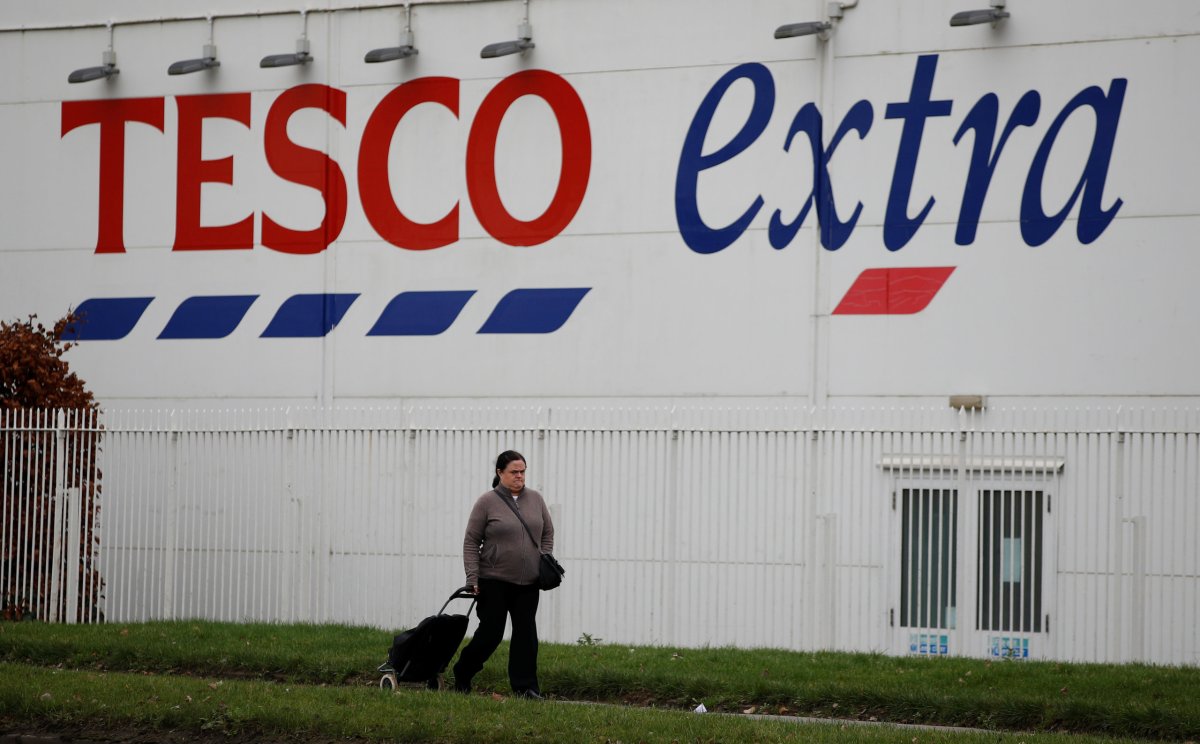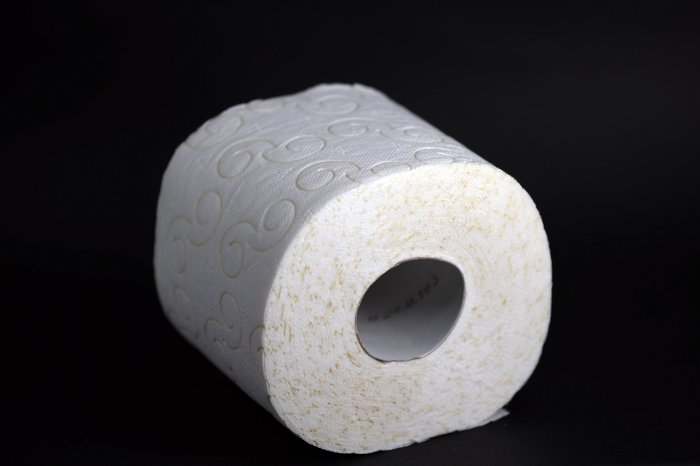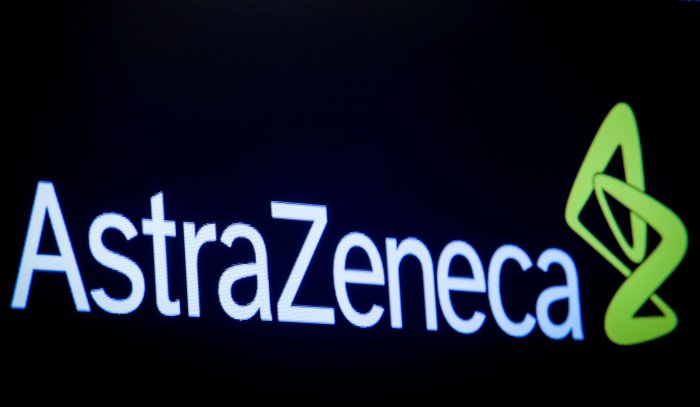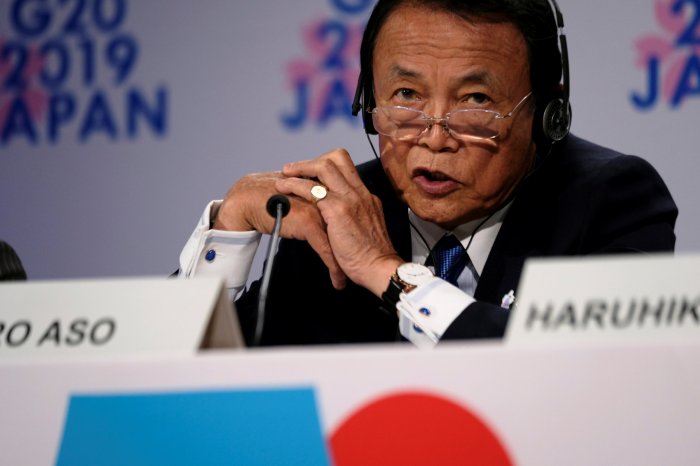LONDON (Reuters) – Tesco <TSCO.L> has defended its decision to pay investors a 635 million pound ($782 million) dividend while accepting business tax relief from the British government aimed at helping distressed retailers through the coronavirus crisis.
Britain’s biggest retailer, which saw sales soar 30% in the three weeks before the country went into lockdown to contain the spread of the virus, estimated a hit of up to 925 million pounds from the costs of dealing with the pandemic and warned it couldn’t give profit guidance for the current financial year.
But it said on Wednesday that if trading returned to normal by August, it was likely the extra expenses for its retail operations – mainly staff, store and distribution costs – would be offset by higher food sales and 585 million pounds of business rates relief from the government.
CEO Dave Lewis said Tesco “thought long and hard about our responsibilities” and decided it was justified in paying a 6.5 pence final dividend to shareholders, while being in receipt of taxpayers’ money.
He said investors, both large and small, relied on the dividend income, which was for the year ended Feb. 29, and so pre-dating the crisis.
“What the government has done is recognise there were going to be incredible additional costs to keep feeding the nation,” Lewis told reporters.
“Every pound we receive in rates relief will be invested in ensuring that Tesco is able to support Britain’s shoppers through this crisis period.”
He said where Tesco didn’t need help from the government it wouldn’t use it, pointing out it had not deferred VAT (sales tax) payments in the way the government has allowed.
The group also warned Tesco Bank would likely dip to a loss in its 2020-21 financial year, hurt by bad debts and a reduction in income from credit cards, loans and travel money.
Tesco shares were down 4.7% at 1050 GMT, extending 2020 losses to 16%.
With some other retail businesses, such as department store group Debenhams, in dire straits, Bernstein analyst Bruno Monteyne was reassured there were “no doomsday concerns playing out” at Tesco, with the health crisis having a “neutral impact on retail, but a one-year hit in banking profits.”
DEMAND SURGE
Britain’s supermarkets saw a surge in demand as shoppers stocked up on essential goods such as pasta and toilet rolls ahead of the lockdown.
Industry data last week showed UK grocery sales leapt more than a fifth to a record 10.8 billion pounds in the four weeks to March 22.
However, the crisis has also caused higher costs, such as the implementation of social distancing measures that restrict the number of shoppers in store at any one time, expanding online delivery operations, hiring more employees and bonuses.
Tesco’s wholesale business Booker has also been hit by the closure of hotels, pubs, restaurants and cafes, as have sales for general merchandise, clothing and fuel – the latter two down 70% over the last couple of weeks.
Lewis said the panic buying that emptied store shelves and strained supply chains at the start of the crisis had subsided, and that he did not expect Easter trading to see the same peak as previous years.
Tesco estimated extra costs related to the pandemic could be between 650 million and 925 million pounds, with up to 580 million due to additional payroll costs.
It said that in the last two weeks alone it had recruited more than 45,000 workers in Britain to help cover staff sickness and cope with additional demand.
The company currently has around 50,000 employees absent due to virus. It employs around 320,000 people in Britain.
Tesco, which has about 3,800 stores in the UK and Ireland and a UK grocery market share of 27%, said operating profit before one-off items rose 14% to 2.96 billion pounds in its 2019-20 financial year, meeting forecasts.
Despite the pandemic, Lewis said Tesco still expected to complete the 8.2 billion pounds sale of its Asian business in the second half of the year.
And he still plans to leave Tesco on Oct. 1 after six years in the job, handing over to Ken Murphy, formerly of Walgreens Boots Alliance <WBA.O>.
Graphic: UK supermarkets vs FTSE-100 – https://fingfx.thomsonreuters.com/gfx/mkt/nmovawggvab/UK%20supermarkets%20vs%20FTSE-100.PNG
(Reporting by James Davey; Editing by Mark Potter)

























